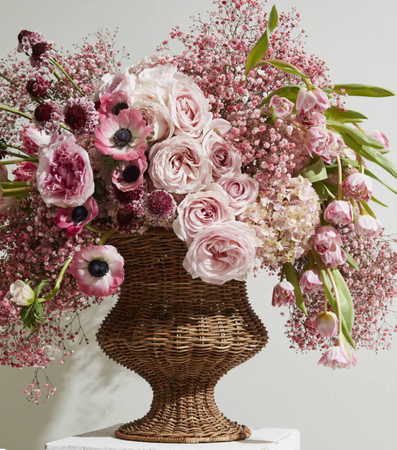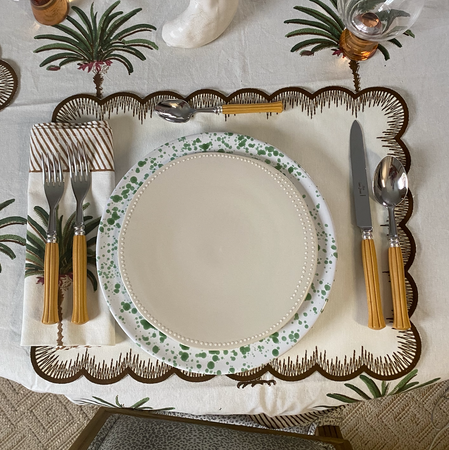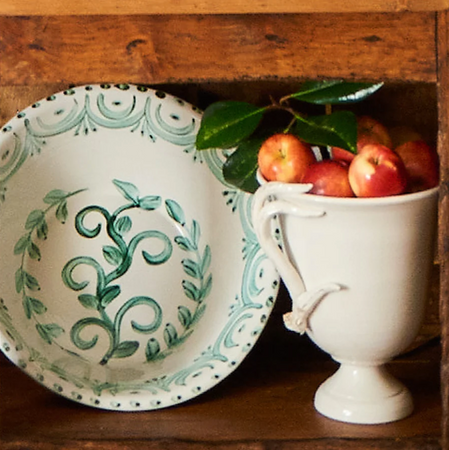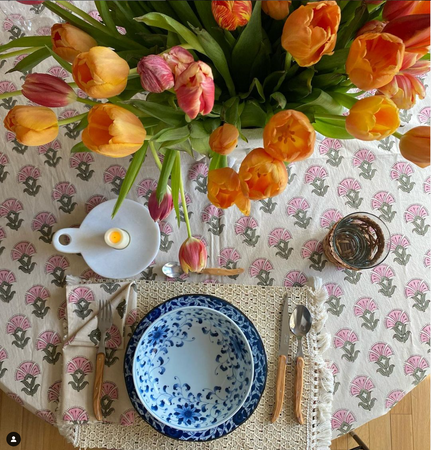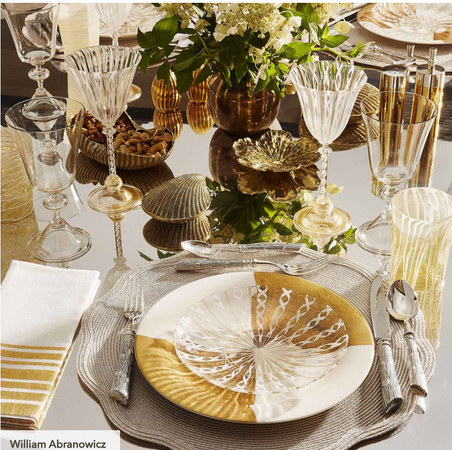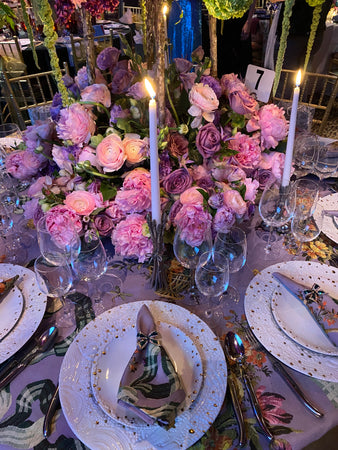Debunking the 7 Myths You Shouldn't Believe About Art
We are often told that beauty is in the eye of the beholder, everyone sees beautiful pieces of art differently and each of us has our own standards of beauty. Art is indeed a subjective form of expression, but that doesn’t mean perfect art pieces don’t exist. It’s exactly because it is subjective that we can say that art can be perfected in the right context and setting.
Whether it’s seen in galleries, in public spaces, or used in your home decor, artwork can be used in any setting to enhance people’s enjoyment of their surroundings. But because misconceptions are so widely spread in the art world, we often lose value in the genuine experience that beautiful pieces of art provide.
7 Myths About Art Debunked

1. The Value of Art is Subjective
We know that artwork can be viewed differently depending on each individual, but its value is something that is more concrete and can be well defined. Methods for judging and determining the value of art are made to create a solid foundation.
Not only do we need a keen eye for visual aesthetics when evaluating a piece, but deeper into the intention, history, message, and life of the artist. The works of those such as Van Gogh and Da Vinci were not only awe-inspiring at a glance, but had deep origins within the minds of their creators which were influenced by the time and society they lived in.
In short, the value of a piece is more than just about looking pretty. Beautiful pieces of art garner so much attention and value because of the background and the hidden story they tell.
2. Art Becomes Popular Because it is Good
A common myth is that a piece becomes popular because it is good. This isn’t always the case -, more often than not, the artworks that get the most attention nowadays are usually made by amateur digital artists or self-taught craftsmen. Now don’t get me wrong, this doesn’t mean that the works they produce are “bad” rather it has not been evaluated through a critical lens.
This goes back to the argument of being subjective but having objective value. Anyone can say that a simple drawing looks good enough to be popular, yet say the same thing about famous paintings like the Mona Lisa. In the end, it's the public’s view that determines a piece’s popularity, not necessarily its value.
You may have many important opportunities to let your artistic tastes shine, like when you create a work yourself or pick a piece for your home decor. In the practical sense, you should stick to what you think looks good rather than what’s popular with other people.
3. Everything Can Be Considered Art
This simply isn’t true. Art is defined as such when there is the intent behind it. A craftsman creates pieces to express a thought which is represented visually through their work. The intent is the primary factor that defines whether something is a piece of art. For example, flower vases can be used as home decor to brighten up your room. The same can’t be said about flowers that grow on the roadside. Beautiful as they are, you wouldn’t consider things art without intent.
Aesthetic beauty exists everywhere, especially in nature, but you wouldn’t call things like a cluster of clouds artwork because it comes naturally. You can’t call a piece of wood art unless someone crafts something out of it. So not everything you see around you can be considered art.
4. You Need the Talent to Become an Artist
Not everyone is born with the same athletic ability, most have to work extra hard just to keep up, yet it’s those same people who eventually rise to the top.
The same can be said for those aspiring to be artists. You don’t have to start out naturally gifted to become great at something. Hard work, persistence, and consistent practice are the keys to success, regardless of whether or not you have the talent. Those are the attributes that are needed to create the perfect art piece. Crafting a masterpiece takes years of experience, which anyone can attain so long as they keep at it and believe in themselves.
5. Producing a Piece is Easy
This myth is one major misconception and can seem to be a bit of an insult to any skilled craftsman. Though some methods require less effort than others, bringing beautiful pieces of art to life isn’t easy.
Much thought and practice are put into the creation of a perfect art form. Things such as inspiration, meaning, purpose, and uniqueness are just some factors that artists have to consider. When you include the technical skills required to produce a work, you start to see just how much it takes to do art.
Think about why people value aesthetics so highly. People go so far as to pay to see famous paintings, buy unique pieces for their home decor, and put up symbolic statues which stand proudly for a purpose. These works weren’t made on a whim, someone had to work hard to craft them for us.
6. A Reproduction is as Good as the Real Thing
Nowadays, in the digital world, people are able to view any artwork that exists today from the comfort of their homes. But does it provide the same experience as seeing it in person? Unfortunately, that’s not the case.
Photos of great works and craftsmanship cannot compare to experiencing them in front of you. The same goes for any replica or reproduction of any work, you just can’t attain the same experience as seeing the genuine article. The perfect art experience can only be witnessed when in the presence of the actual piece.
7. Not Everyone Can Understand Art
Some people say that only those with an artistic eye can truly understand beauty- but that’s not true at all. Artists are no different from ordinary people, they’re humans who go through hardships just like you and I.
Some of the best painters and sculptors throughout time were usually average workers who crafted out of passion and interest. Back then the concepts that we use to define and value art weren’t even thought of. So it would be wrong to assume that an average person can’t understand the artwork they’ve made.





